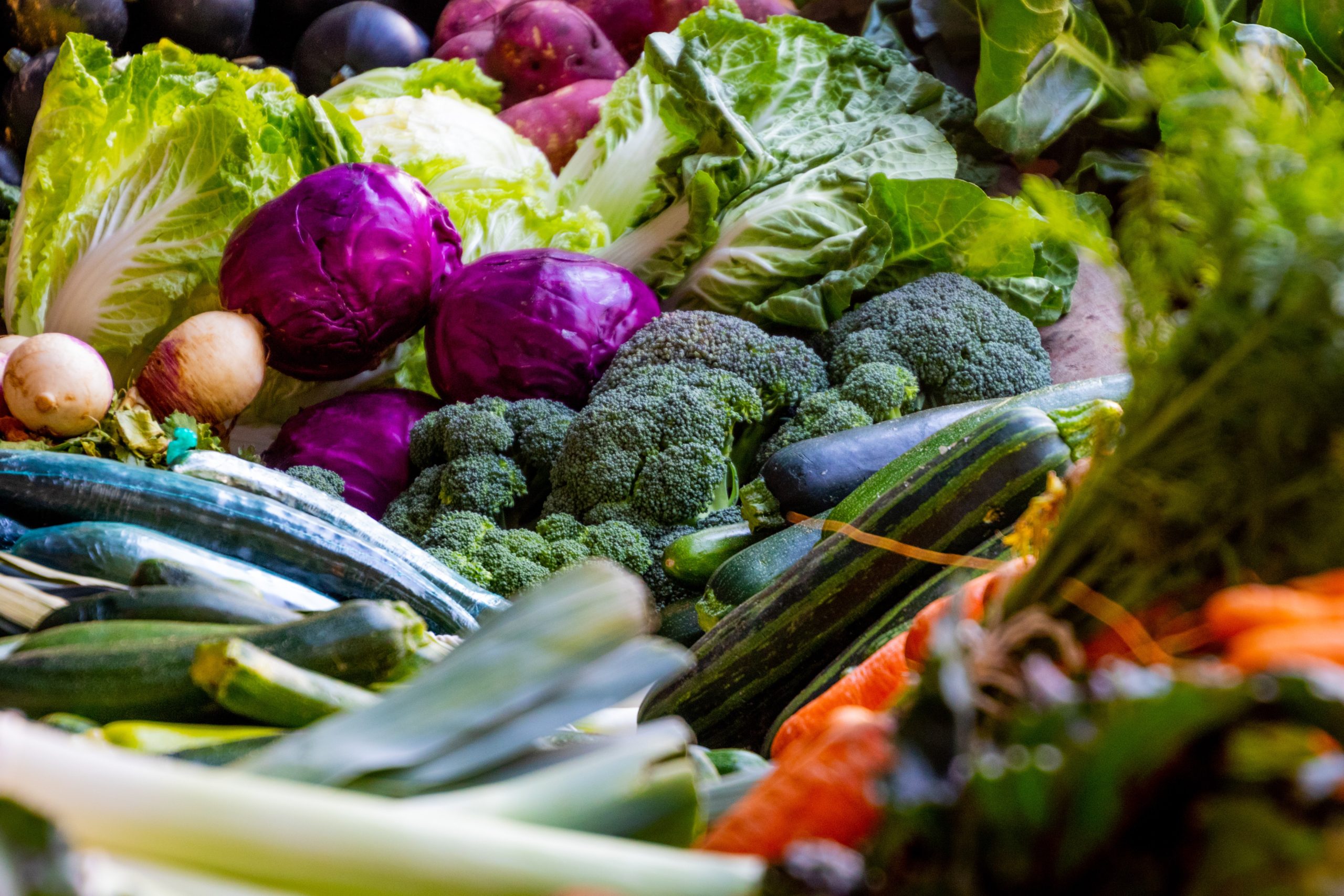Healing the gut is not just about killing pathogens, it’s about supporting the beneficial bacteria that crowd out those bad guys, digest your food, promote stable mood, lower inflammation and boost immunity.
In order words, your biome is a big deal when it comes to gut health. A struggling biome and weak immune system could be why you’re struggling with unwanted gut bugs in the first place.
That’s why supporting good bacteria is just as important as eradicating the bad guys. After clearing current infections, a strong and thriving biome is your best defense against future pathogenic invasion.
And if you do have infections, a healthy biome can offset your symptoms. This may be why some people with parasites or h. pylori experience few obvious symptoms. Their robust biome and strong immune system can keep symptoms at bay and the infection from overgrowing.
How to know the status of your good bacteria?
The GI Map is a functional stool test that measures levels of keystone bacterial strains, as well as 80 percent of the biome, which is classified under the phila of bacteroidetes and firmicutes.
If the bacteroidetes, firmicutes or keystone strains are low, it’s very important to rebuild their numbers, to boost your gut defenses.
A rich and diverse number of bacteria is the best defense and helps keep inflammation at bay.
How do we support our native species?
While probiotics are very popular, they’re not the best way to rebuild the biome and replace native flora.
Probiotics help retrain and support the immune system, as they pass through. But they don’t recolonize the gut. They are just visitors.
The only way to recover the native biome is to feed it. Bacterial colonies grow when they are fed.
They eat plant fibers and plant starches. Different strains like different foods, so a diverse a diet will produce a diverse biome, which is what we want.
What kills or lowers beneficial bacteria?
The most common killer is antibiotics.
But bacteria can also be killed by certain chemicals in our food and water, like chloramine in drinking water, or glyphosate, pesticides or herbicides in non organic foods.
Bacteria is also affected by stress.
But most frequently the biome is starved by a diet that lacks sufficient or diverse plant fiber. Eating the same 5 veggies all the time will not produce a robust biome. Diversity is key and the types of veggies also matter.
How to eat for a diverse biome
Food is the best medicine.
Before I dive into the list below, a word of caution.
Eat only what you can tolerate.
A sign of a disorder biome is food sensitivities/reactions and carb intolerance. This can manifest as increased gas and bloating. This is especially true for people who have overgrowth of bacteria in their small intestine. If that is the case, you are better off enjoying vegetables that are Low FODMAP.
Also, for my fellow extremists, it is important to point out that eating a spoonful of a food is just as good as eating a plateful, in some cases it may be better as it can prevent symptoms such as bloating and gas. So always start slow with new foods.
Here are the categories of food that should be emphasized to feed the biome:
Roots and tubers, resistant starches, fermented foods, high FODMAP foods and polyphenols.
Roots and tubers are veggies that grow under the ground. Some examples are carrots, parsnips, sweet potatoes, onions, garlic, beets, celeriac, sunchokes, radishes, rutabaga and turnips.
Resistant starch are starches that resist digestion in the small intestine and feed anti inflammatory bacteria in the large intestine. One of the best sources of resistant starch is green banana flour. It’s ground up, unripe bananas turned into a flour that is added to smoothies, soups or used for baking.
Other great sources of resistant starch as green (unripe) plantains, cassava (also called yuca), cooked and cooled white rice and white potatoes. Cooking and cooling white rice and white potatoes changes its chemical structure and turns it into resistant starch. You can warm it again before eating.
Beans are also a great source of resistant starch but often very hard to digest.
Resistant starch feeds keystone bacteria that produce a short chain fatty acid called butyrate. We want lots of butyrate in the large intestine because it lowers inflammation and changes the ph to favor beneficial species.
Polyphenols are antioxidants with anti inflammatory benefits. Polyphenols feed keystone strains of gut bacteria like Akkermansia. This particular bacteria thrives on red polyphenols like cranberries, pomegranates, red skinned apples and red dragon fruit.
Other examples of polyphenols are green tea, berries, cocoa powder, cloves, curcumin (turmeric) and flaxseeds. Resveratrol is what gives red wine and red grapes their polyphenol properties (I suggest taking a resveratol supplement instead of drinking wine). Also, capsaicin from cayenne or chili peppers is a type of polyphenol.
Fermented foods and a high FODMAP foods (ie: artichokes, cabbage, asparagus, jicama) are very good for feeding the biome, and can be added if they are tolerated. But in some cases FODMAPs may drive symptoms, and fermented foods can feed bacterial overgrowth, cause histamine intolerance and increase candida.
My biome-building guide
You don’t need to be overwhelmed about cramming too many of these foods into your diet.
I’ve written a cookbook that incorporates the above foods into treat and meal ideas.
Treats That Heal incorporates polyphenols like cranberries, cocoa, green tea, flax, turmeric and carob into low sugar treat recipes.
Some of the treats contain fiber rich veggies like spinach, butternut squash and carrots.
As well as resistant starch-based treats like creamy rice pudding, plantain nachos, savory plantain split and cassava donuts.
I envisioned building the biome as I wrote this cookbook for people with digestive issues and food fear. There’s explanations of the allergy-friendly, gut calming ingredients, and Low FODMAP options, so everyone can enjoy.
My aim was to show that you can still eat well while improving your health, without overthinking it. Download the cookbook here.
Prebiotic fibers
Prebiotics are undigestible fibers that feed beneficial bacteria. Prebiotic fibers are not well tolerated by some people with bacterial overgrowth, so use these cautiously if that is you.
If you have SIBO (small intestinal bacterial overgrowth) you want to stick to partially hydrolyzed guar gum, as it is SIBO safe and won’t trigger symptoms.
If SIBO is not an issue I really like Paleo fiber or pol-prebiotic fiber
If you would like to add a probiotic to your support protocol I really like megasporbiotic because it is SIBO safe, supports the immune system, help repair leaky gut, and helps fight yeast and pathogenic bacteria. This powerful probiotic should be taken with food. Because it is a practitioner recommended brand it is available here.
If you are lacking in bifido or lactobacillus bacteria, according to your biome test results, and don’t have SIBO, I really like this brand to help boost those species.
Also, avoiding refined sugar and refined, processed carbs will also help starve the bad guys, while you’re supporting the good guys.
Each meal has the power to change the make up of your biome. It is not an overnight process but very effective.
Remember start slow if these foods are new to you and happy biome building.


